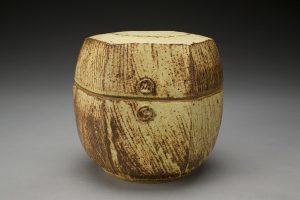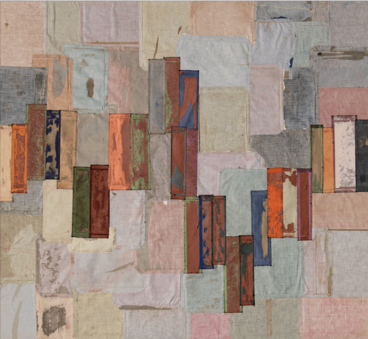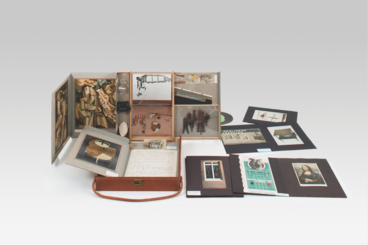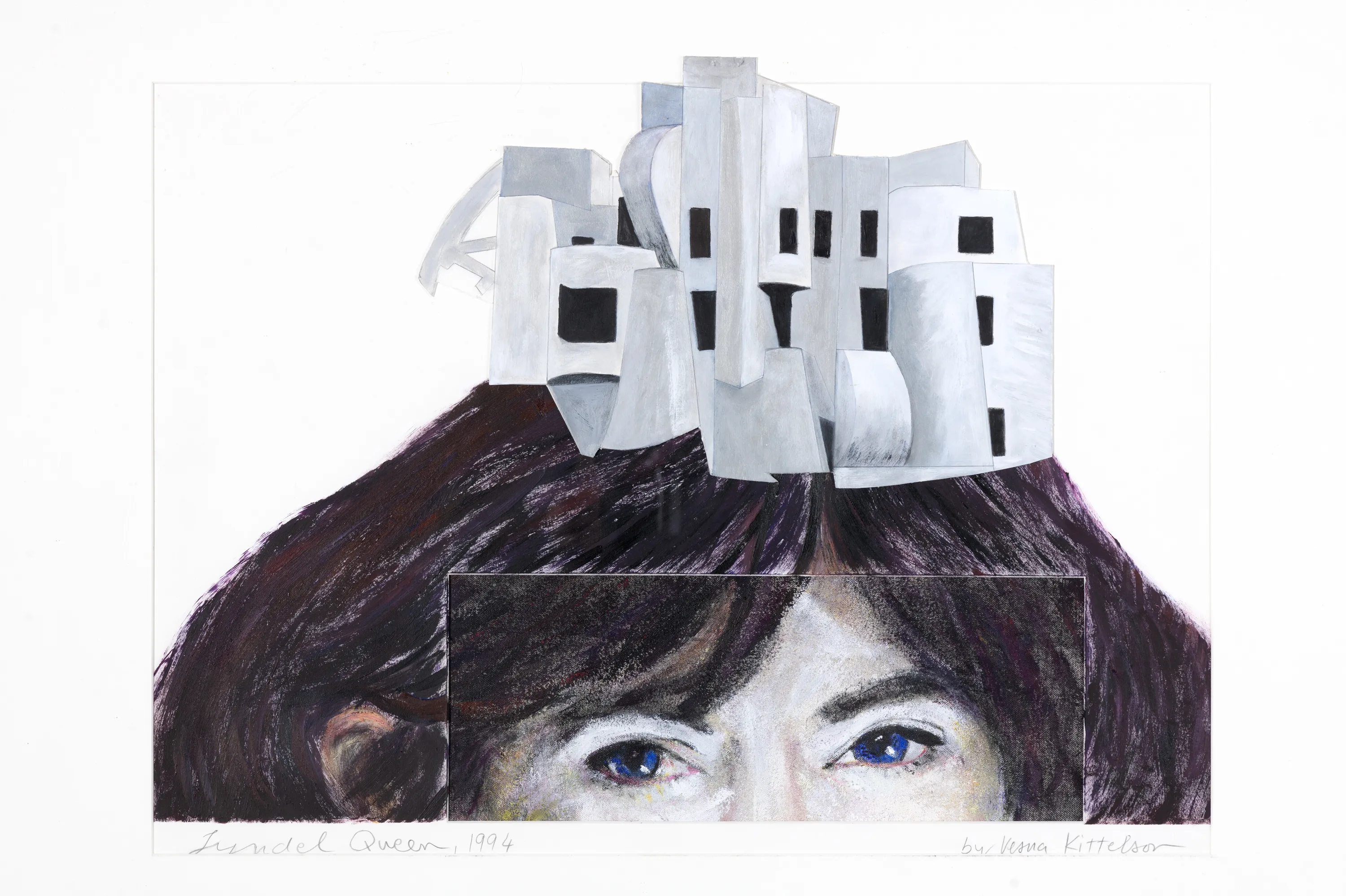
FEATURED ESSAY
February 29, 2020 – February 14, 2021
When my WAM colleagues asked if I would be willing to show the art collection my husband, Blaine, and I have built over the years, my first thought was that we just acquire things that give us pleasure, things we like to have around us. But that is what collecting is really all about. The exhibition, appropriately named More Is More (I am not a minimalist!), is eclectic and reflects our passions, interests, and travels during the past fifty years.
In the early 1980s I traveled in China with Yvon d’Argence, director of the Asian Art Museum in San Francisco. He described to me how collecting begins. First, you buy something you like. If you buy another similar thing, it might be a coincidence. But when you acquire the third one, you become a collector. And then you are lost!
I have been lost since I was twelve years old, when I first went to the Indian Market in Santa Fe, New Mexico, with my parents. I grew up in the monochromatic high plains of far western Kansas, so for me New Mexico was bursting with exciting color and culture. At the market, I saw a small pot that I was immediately attracted to. I recall that I walked back and forth in front of that booth for a long time, trying to decide whether to buy it—it was more expensive than many other ceramics at the market. I finally decided to spend my allowance money on that pot. I still have it and still love it. It cost $8.00.
When Blaine and I moved to Minnesota, we began to acquire handmade ceramics under the guidance of our friend and University ceramics professor Warren MacKenzie. He was one of the first faculty members to welcome me to the University of Minnesota when I became the new director of the University Gallery in 1981, and he remained a great friend to WAM and to me until he died in 2018. I still use Warren’s and his students’ pots, but we have also strayed from the purely functional pots that Warren made to include more whimsical and figurative ceramics in our collection—a flash of humor is expressed in some pots and sculptures on view in More Is More. We still admire the Native American pottery of the American Southwest—the painted works of Acoma and Santo Domingo Pueblos, the polished black of Santa Clara and San Ildefonso Pueblos, the mica-infused clay from Taos Pueblo, and the Spanish tradition that drew from these indigenous cultures and incorporated them into contemporary forms.
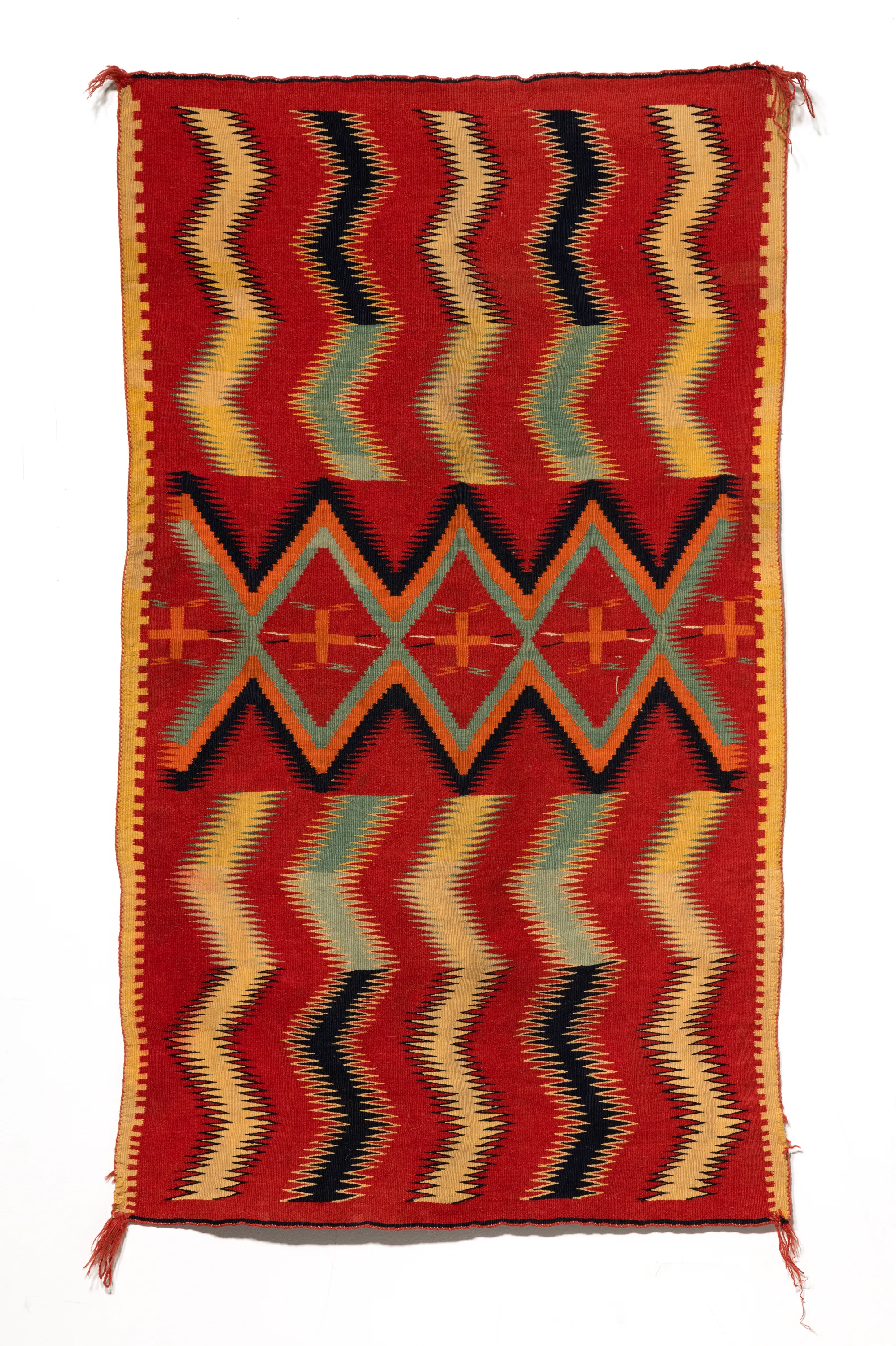
Blaine (who also grew up in the dry flatlands of western Kansas) and I became fascinated by Navajo rugs and blankets during our many visits to the American Southwest. We both love the Southwest and its art because several cultures have lived together there for centuries and, though this was not always a peaceful coexistence, all of these cultures contributed to and left their marks on the art produced there. Blaine bought nineteenth-century as well as contemporary blankets directly from Navajo artists, traders, and pawn shops. We also acquired textiles from many other places we have traveled—Turkey, the Middle East, Africa, and Latin America. These international travels have undeniably influenced my personal style, but perhaps my most unusual articles of clothing are contemporary pieces by local artists, such as the coat Nancy MacKenzie fashioned from onion net bags and twine or the jacket Carolyn Halliday crocheted from electrical wire. And then there are the shoes! I am not sure that I would qualify as a “collector” of shoes, but I certainly have more than three pairs!
On our trips to Santa Fe, we also began to acquire religious art. While Blaine and I are secular people, our home is populated with images of saints and martyrs from the Christian tradition as well as symbols of Judaism, Eastern Christianity, Islam, and folk religious traditions. We are particularly drawn to the popular saints of New Mexico; the artistic and religious traditions there were influenced by the Native
Puebloan cultures, and artists painted and carved the saints they needed to make the crops grow and tend to the souls of those living in their community. This manifestation of people struggling in an often harsh and challenging landscape and the passion represented by martyrdom and sacrifice create an intriguing combination.
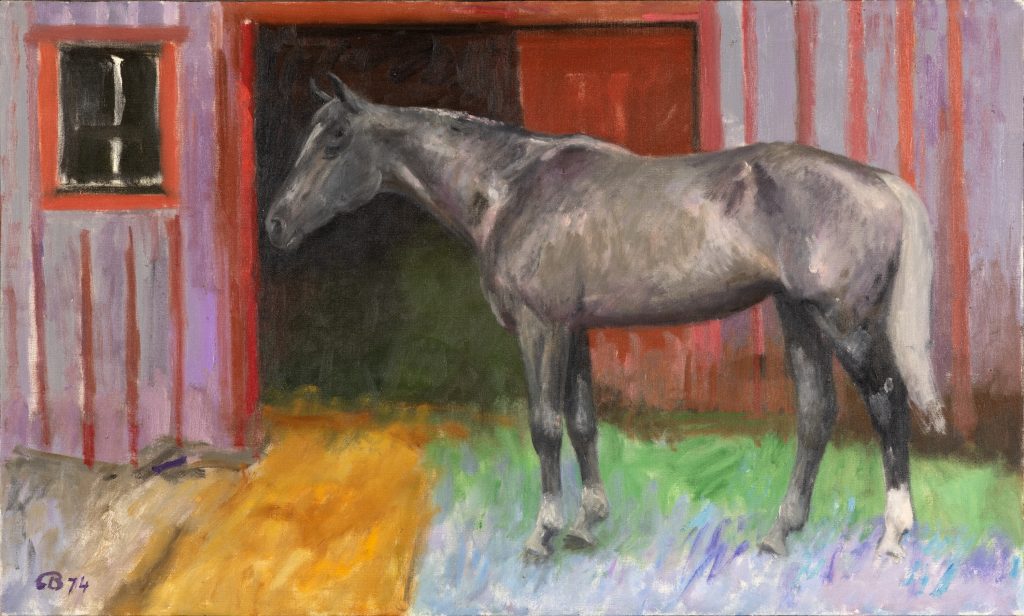
When we lived in Louisiana in the late 1960s, we acquired our first painting: a portrait of me that an artist (also the town’s insurance salesman) painted when I sat for the class he taught at a local arts center. We traded our old car for that painting when we left Louisiana (the car would never have made it to Minnesota, but we still have the painting). In Minnesota we bought our second painting—of a horse, by Cameron Booth, who had a long career as an art professor here at the University. The horse is gray and stands by a pink and purple barn on blue and burnt gold grass. I remember climbing the stairs to Cam’s Minneapolis studio and buying that painting directly from him. Much of the joy that Blaine and I receive from collecting art comes from meeting artists and establishing relationships with them.
Most of the paintings, photographs, and prints we have collected are from contemporary American artists, particularly those who live in Minnesota. Many of the artists in our collection are women. My youngest sister and my mother were artists, and I love having the art they made around me every day. I admire artists and their constant search for strength and creativity within themselves.
Passion, wit, and energy—and color—are the threads that weave throughout our collection. Much of our art expresses intense emotion, whether religious or secular, whether by professional or untrained artists or by craftspeople making rugs or designing clothing. Blaine and I feel fortunate to live with art that reflects passion—mine, ours, and that of the artists. During my career at WAM, I have tried to bring my full energy and passion to all that I do here. I am happy to share with you the art that I live with and love, and I hope you will enjoy these personal stories and memories of our collection.
Images (top to bottom): (1) Vesna Kittelson, Lyndel Queen, 1994, acrylic and pencil on paper. Lent by Lyndel and Blaine King. (2) Artist unknown, Navajo rug, 1890s, Germantown yarn. Lent by Lyndel and Blaine King. (3) Cameron Booth, A Hunter, 1974, oil on canvas. Lent by Lyndel and Blaine King.
